While the country tackles the pandemic, in Assam, COVID-19 is just one amongst three disasters the state has faced this year.
Early in February, Assam and Arunachal Pradesh declared an outbreak of African Swine Fever, which killed pigs in the states at alarming rates–pig farming is an important local livelihood, and the outbreak incurred huge losses of up to ₹ 30,000 per family.
Then, the COVID-19 lockdowns added to the woes of the people: as sources of income dried up, many Assamese struggled to make ends meet.
But, the worst was yet to come. The floods that started in the first week of July unleashed tremendous destruction in Assam. This year, the issue of relief and aid was further complicated by the COVID-19 pandemic.
This trio of crises has especially affected remote locations like Assam’s Majuli island. Situated in between the Brahmaputra and the Subansiri rivers, Majuli is a remote island district, largely inhabited by the Mising tribe who rely on subsistence agriculture and fall below the poverty line.
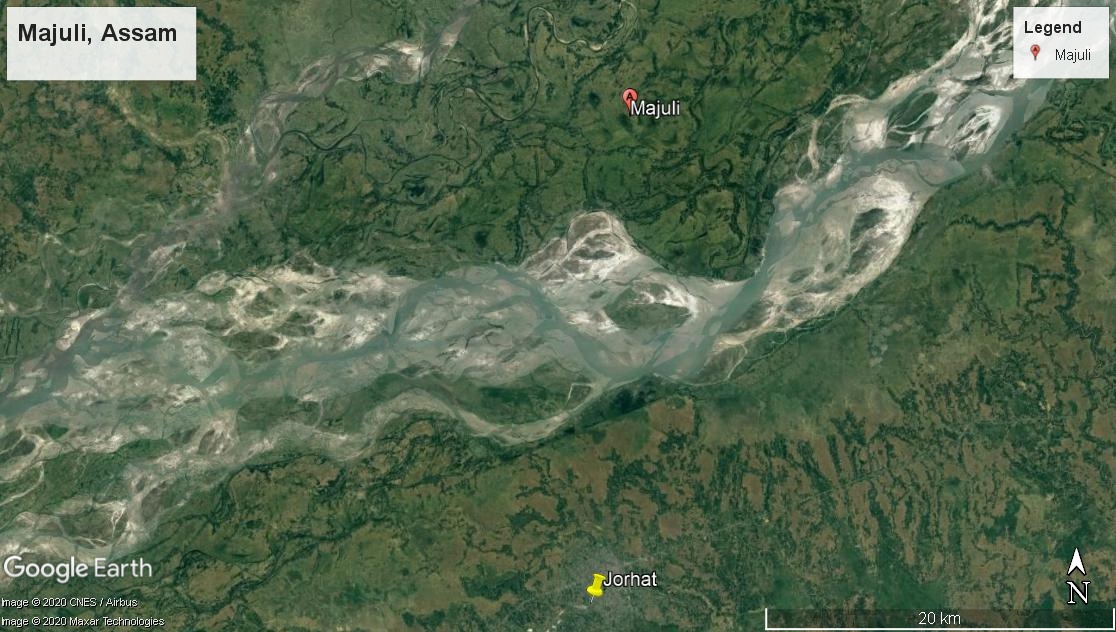
As the lockdown restricted access to agricultural markets, Majuli’s cultivators struggled to make ends meet. Its proximity to two rivers also renders it a flood-prone area. Government services are limited and usually take time to reach the island. The prospects of Majuli’s residents during the many crises they face seem bleak.
However, with the help of NGOs, ASHA workers, and Assams’s Pratirodhi Bondhus or community volunteers, relief efforts have been in constant motion, in spite of the limited resources. Their actions in Majuli highlight the levels of interdependence, decentralisation, and community engagement that are often required to successfully execute relief efforts on the ground.
How Various Organisations Are Working Together in Majuli
The Ayang Trust established in 2016–“Ayang”, translates into love in Mising–works towards transforming lives in Majuli by creating equal opportunities in the areas of education, health-care, and livelihood. One of their main initiatives is The Hummingbird School, established in Majuli in 2016. The Trust is operational in 20 villages, and supports over 1,000 families and over 2000 children through its initiatives.

“Since the floods began we have done everything in our power to support the people who have been impacted,” says Dharmjeet Kumar, co-founder of Ayang Trust, who heads the livelihood programme. “We have conducted a rigorous survey in 50-55 villages, and using our network, we’ve tried to determine the needs of the people, and what kinds of support they need. We have provided our phone-numbers as helpline numbers, and have also started distributing relief packets, which include sanitation and hygiene essentials other than just food grains,” he adds.
But, even though Ayang is well-equipped, the Assam floods and the double pandemic present a unique scenario. “We have volunteers who were trained to provide support to people during the floods. But, we were not prepared for this current situation.”
The efforts of the Trust are also paralleled by the Rural Volunteer Centre (RVC), which is also conducting relief work in Majuli. Headquartered in Dhemaji district in Upper Assam, RVC has stationed two volunteers in Majuli since 2007.
One of them is 34-year-old Brojen Pegu, who has been active in conducting community awareness programmes, training sessions, mobilisation work, and other RVC initiatives in collaboration with Majuli’s local government. “But this year, the challenge was immense. We were well aware that the flooding season would be complicated due to the pandemic so we prepared rigorously,” said Brojen.
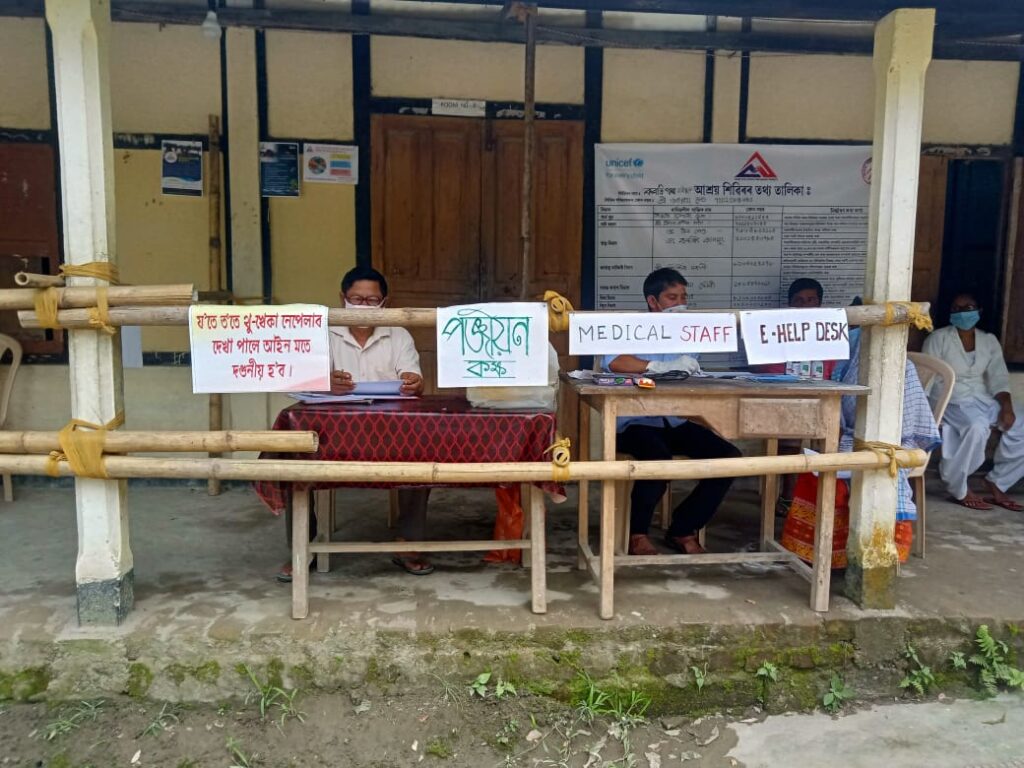
This is no easy task. For example, the flood relief camps had to be designed in line with the COVID-19 guidelines. Maintaining social distancing also meant that they required more buildings for relief camps than previously required.
So, Brojen, along with his other volunteers, collected the data of the various institutional buildings in and around the Koratipar Panchayat area in Majuli where they were working.
These buildings, mainly schools and colleges, were then converted to flood relief camps that maintained social distancing norms. Around 250 people are currently registered in these centres, and had to go through screening tests and register for a family card, after being provided masks and sanitisers at the camp.
These measures were also complemented by the extensive help of ASHA and Anganwadi workers. “They come to our camps daily and take care of the children by providing them with nutritious food and keeping a check on their health,” says Brojen. The state government’s Social Works Department has been providing the necessary provisions for the well being of the children in the camps. “We have made a Child Friendly Space in relief camps for the mental and physical well being of the children where they are encouraged to participate in drawing competitions, games, and other educational activities,” he added.
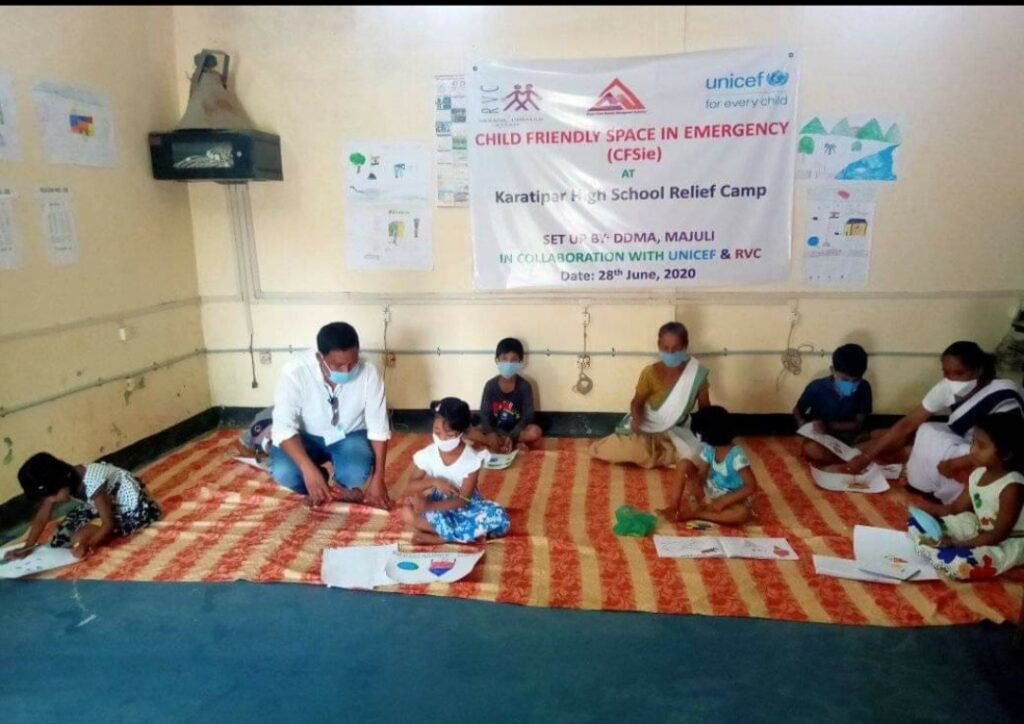
Supporting the volunteers of these NGOs is an extensive network of local volunteers. “We have a team of 10-15 volunteers, both men and women, who help us conduct our relief activities,” says Dharamjeet. These volunteers, from the Mising community, assist in field surveys, procuring essentials, and packing and distributing relief packages. They also help reach out to the most distressed members of the community.
Some of them are also enrolled under the Assam State Disaster Management Authority’s (ASDMA) initiative Pratirodhi Bondhu, which enlists community volunteers to help prevent the grassroots spread of the virus.
They are mainly non-medical staff who work along with the officers and medical staff in the field to tackle various problems brought about by COVID-19. In the wake of floods though, they have also been working on the rehabilitation of the flood victims.
“Although there are only two of us from the RVC, we are extensively helped by the Pratirodhi Bondhus in running the relief camps and rescue operations. Every village across Majuli has around 10-15 Pratirodhi Bondhus each, who are all very active and helpful,” says Brojen.
They are also engaged in various programmes across the island to raise awareness on COVID-19. Since all the Pratirodhi Bondhus are locals, they have access to boats and are experts at navigating between villages. Volunteers are mobilised on a separate WhatsApp group where updates are sent on rescue sites, and other places where their help is required.
The Personal Safety of Volunteers
“It’s a very risky situation. We have to travel to many villages and meet people during our work. But, we also have to ensure that we are protected from COVID-19,” says Brojen. “We were worried in between our rescue operations, when we came to know that a person from our village of Kulamua, tested positive,” says Dharamjeet. “There were some volunteers who were working with us from that part of the village. We asked them not to come for the relief work for a few days and then we disinfected the whole office space.”
But, even if these contingencies occur, relief work cannot stall.
“Many of our packages were to be distributed to areas where people were highly affected. So, we couldn’t stop functioning. We kept in mind maximum precautions while working, and also video documented the process so as to keep a proof of our work,” says Dharamjeet.
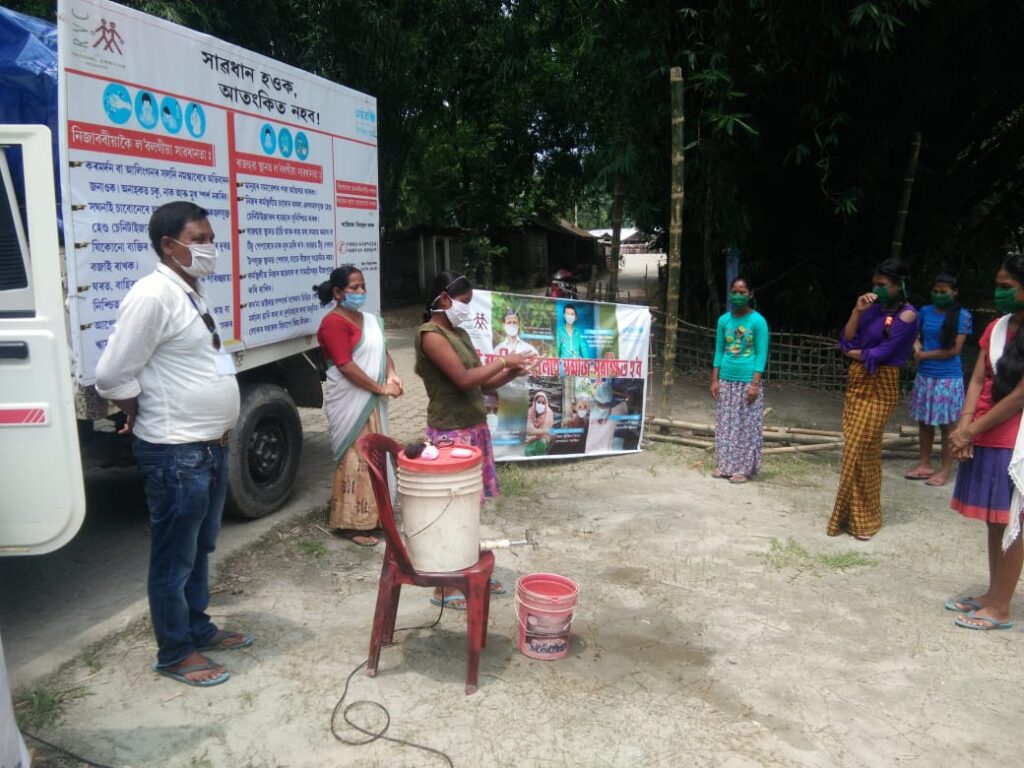
The same procedures are followed at the relief centres too. “At our relief camps, we strictly order everyone to wear masks, even the ASHA and Anganwadi workers. These have all been provided by the health department,” says Brojen. Since Brojen has built contacts with various officers over time, as soon as he faces shortages of masks and sanitizers, he informs the health officials. “We cannot take any risks in these camps. It can spread rapidly here, and even we have to go back home. So, we have to ensure our own safety without compromising on our work,” he adds.
What Holds For the Future?
Despite all the effort put in by this grassroots network of volunteers, the effects can often be dismaying. “People still don’t listen to us, and many times, they walk around without wearing masks. They do not understand the seriousness of the disease even after so many awareness drives,” says Brojen.
This is especially concerning given the local housing patterns. Many of the houses are built in the traditional Sang style–these are bamboo houses that are built at a certain height from the ground. These are built in great proximity to each other, leaving the community in great danger.
The conditions might only get worse in the coming days. With the floods also come various water-borne diseases. “Diarrhoea, jaundice, Japanese encephalitis, and skin rashes are very common in Majuli after the floods,” says Dharamjeet. Ayang has been ensuring that the relief kit consists of mosquito coils and nets to avoid other vector-borne diseases.
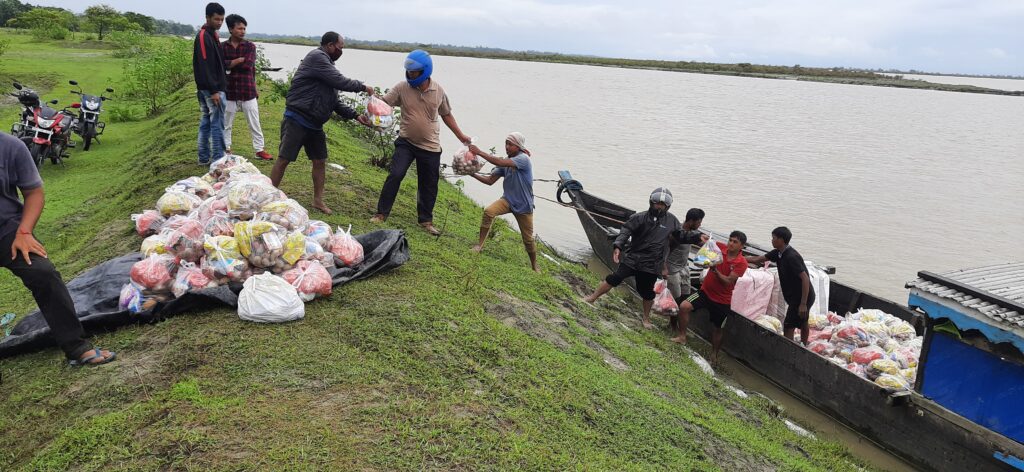
But, the larger problem of social distancing overshadows such efforts too. So, both relief camps and mosquito nets have to be much larger in number to accommodate people, keeping in mind the regulations. However, whether the camps, or surrounding areas, have enough personnel to treat confirmed cases once they arise remains to be seen.
“Although ASHA workers can handle malaria and other mosquito-borne diseases here, it will be difficult to diagnose cases with COVID-19 spreading. Though we have hospitals in Majuli, they aren’t capable of handling very complicated situations,” says Brojen. The specialty hospitals are in the neighbouring district of Jorhat and can only be reached via ferries after crossing the Brahmaputra. But during severe floods, like the ones Majuli faces now, even that option is closed given the temporary ban on crossing of the river.
The importance of NGOs, volunteers, and government-supported ground workers during such crises cannot be understated. Yet, the government also needs to revamp its approach to flood management, with the support of local NGOs. “Majuli is a flood-prone area, it floods every year. We need to go beyond relief distribution to develop sustainable solutions for these villages. Planned interventions, facilitated by the participation of the local community, can reduce the effects of disasters. Just distributing relief like this every year may create dependencies instead,” concludes Dharamjeet.
If you would like to contribute to the Ayang Trust’s relief efforts, please click here.
Views expressed are personal. | All photographs have been taken by volunteers from Ayang Trust, Brojen Pegu, or community volunteers and have been reproduced with permission.





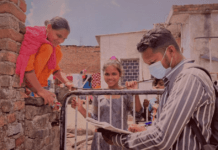

I have need rasaan